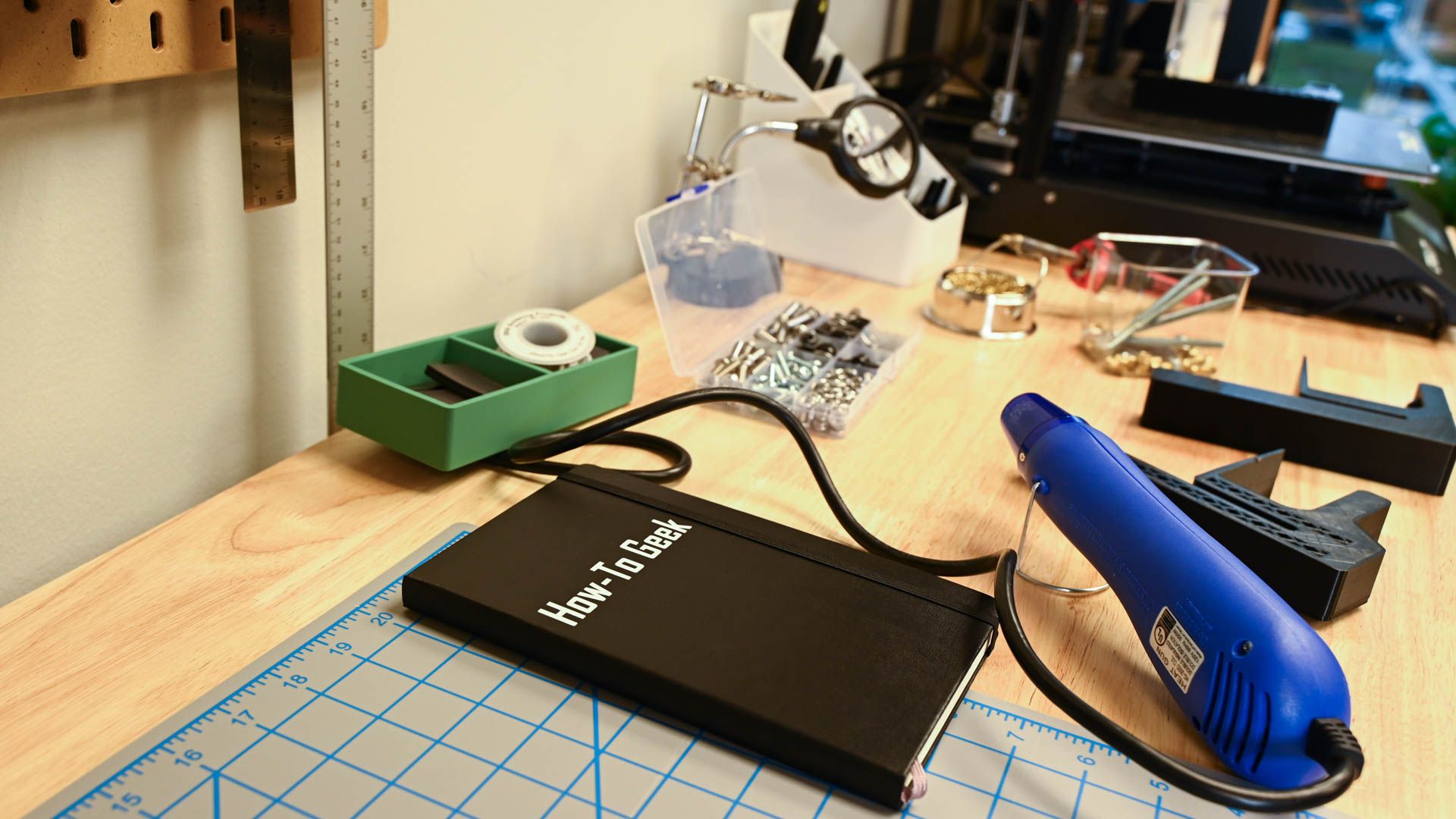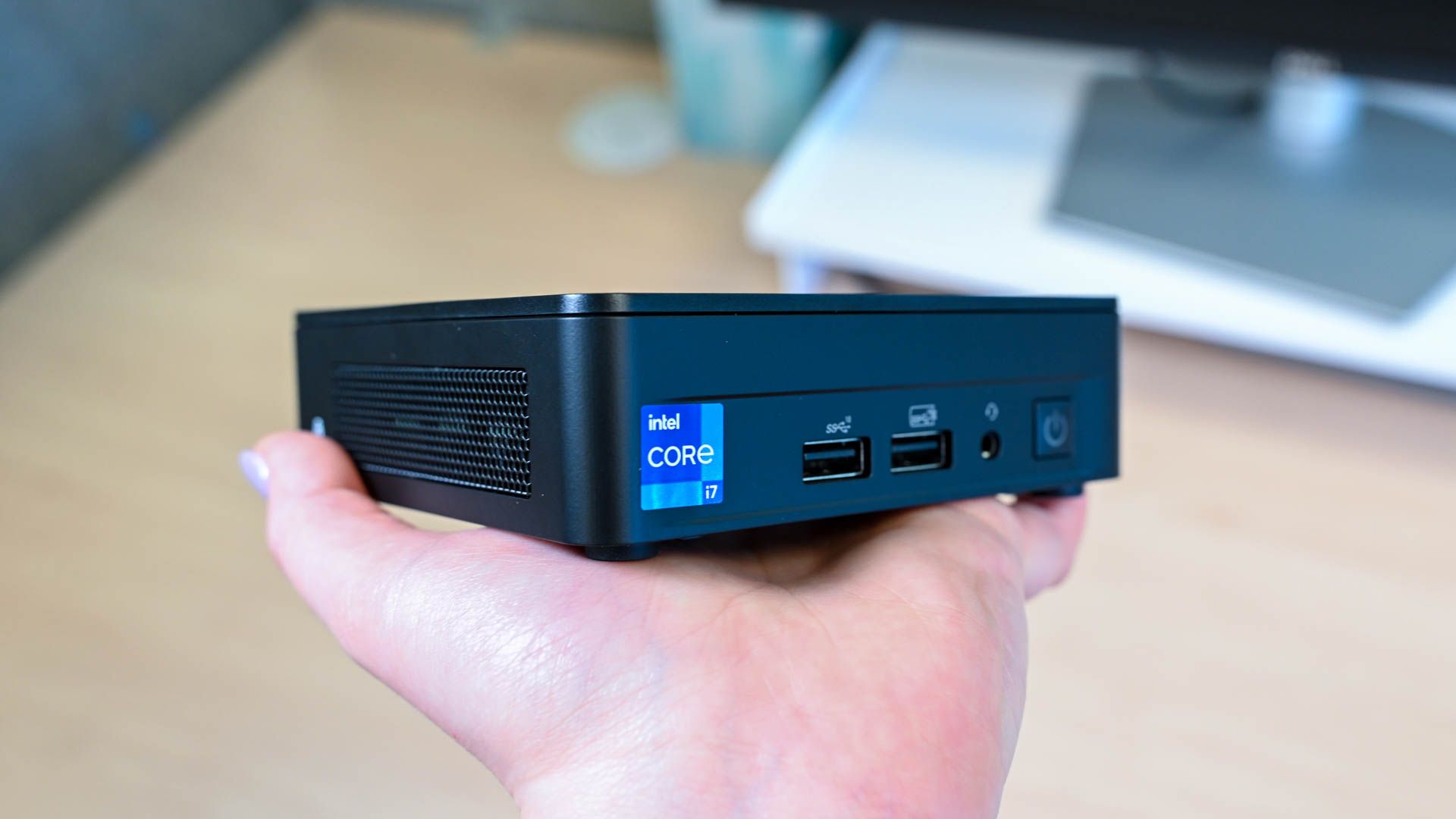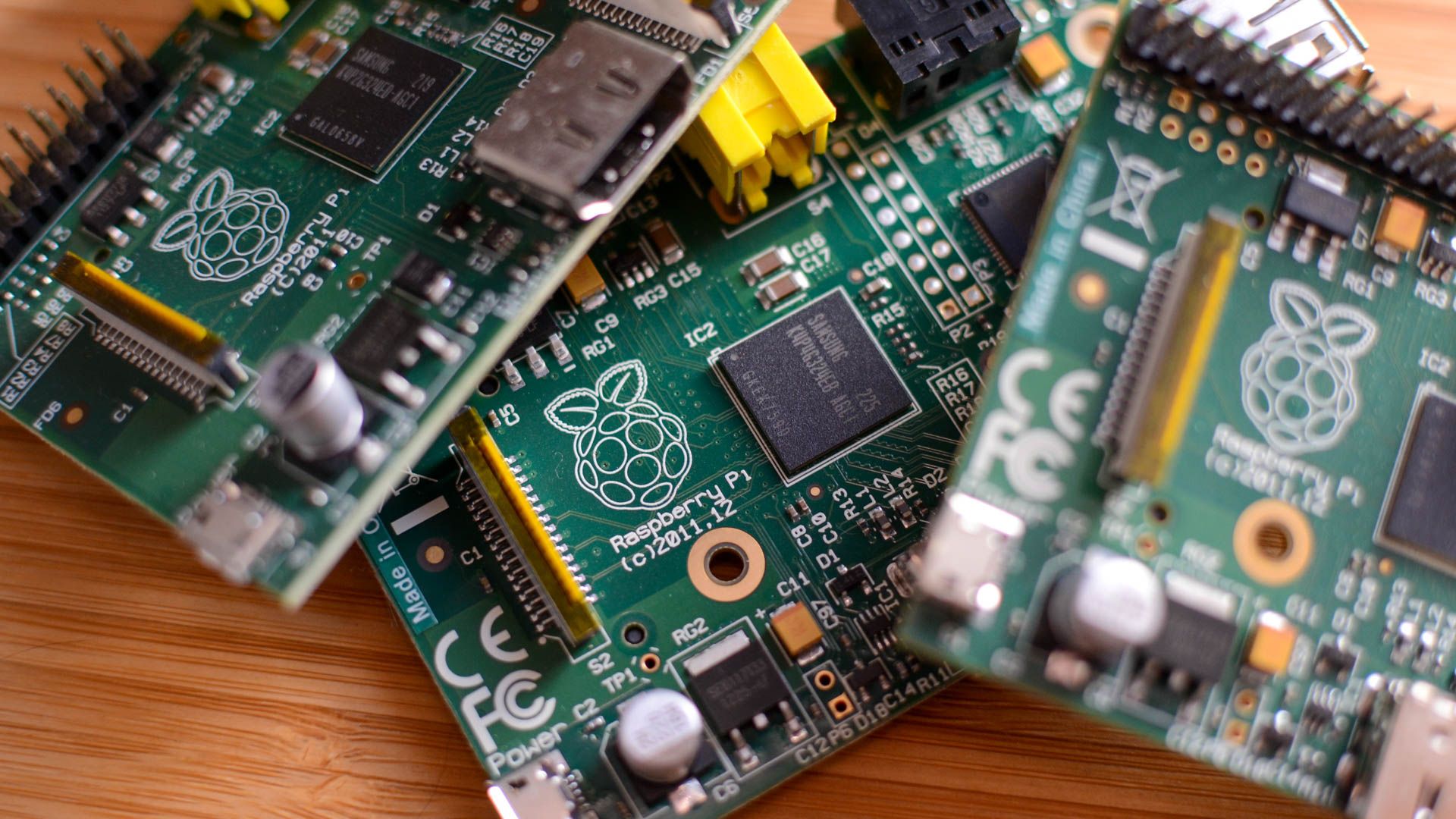
Key Takeaways
- Building your own tiny PC is possible, but you need to control your expectations on its performance and upgradeability due to limited cooling systems and small form factor.
- Choosing the right case is crucial for a smaller form factor PC as it determines what components can fit. Seek guidance from the small form factor community for recommendations on niche cases.
- Consider the size of your motherboard based on the chosen case and your needs. Think about factors like overclocking, CPU brand, and number of ports. Don’t forget to ground yourself and follow proper precautions while building.
There are plenty of pre-built tiny PCs out there. But what if you want to undertake the challenge, and build your very own, tiny PC? It’s certainly a complicated task, but not an impossible one, as long as you control your expectations. Here’s how you can do it, and how you can’t.
How Tiny Can You Go?
First off, we need to clarify how small can you go as far as a tiny PC goes. Again, you need to control your expectations, because going as small as something like a NUC might as well be impossible — at least with a regular custom-built PC.
You can make a PC as tiny as possible, and you might even get away with putting things such as a high-performance CPU and GPU. But smaller, pre-built tiny PCs often come with laptop parts and are typically pre-assembled from the factory and barely upgradeable aside from things like the SSD.
This is because this is as high-performance as they can get. Higher-powered parts put out a lot of heat, and these tiny PCs don’t have a cooling system powerful enough to dissipate all that heat.
You can still go pretty small, though. We’ll show you how. There are plenty of small form factor motherboards out there if you’re willing to look at business parts, but for simplicity purposes, we’ll go for Mini ITX motherboards since those are as small as you can go before you start losing important features.
Choose a Case Before Anything
On regular form factor PCs, while the case is important, it’s typically an afterthought. Sure, you need to double-check that everything fits before you buy it, but you don’t really build out your system based on the case.
For a smaller form factor PC, a case-based plan is absolutely a necessity. Your choice of a case will vary depending on several factors, including whether you want a high-performance CPU or a big graphics card.
Unfortunately, SFF (small form factor) cases are a bit of a niche that hasn’t been explored a lot by the bigger case makers, so we can’t really point you to specific recommendations — many of them could very well be small, indie products where production/sales can be stopped at any given moment. We do recommend you to go to Reddit’s /r/sffpc community, where you’ll find a lot of guidance from SFF enthusiasts.
Choose a Motherboard
Then, you should choose your motherboard. Here, you should choose a motherboard using the same criteria as you’d choose a motherboard for any other kind of PC, except now you should look for the biggest that can fit in your case. Most of these will fit up to a Mini-ITX, but a handful of SFF cases might be able to fit up to a Micro-ATX. If this is the case, you might as well take full advantage of whatever case you chose.
Then, just consider the same things you would consider on a regular PC. Are you planning to overclock? Will you be putting an AMD or an Intel chip in here? How many ports do you need?
Choose a GPU (If You Want One)
With how big GPUs (graphics processing units) have been getting, it seems a bit contradicting to put a big card on a tiny PC. But actually, as we mentioned before, plenty of small cases actually have enough space to put even the biggest cards on the market.
It’ll depend on your choice of case, which you should’ve made earlier. Check how much clearance is there for GPUs, and then, see if the GPU you want fits in there or not. It can be hard to check unless you’re actually trying to fit it inside, but in case you’re doubtful, you should always play safe and get a smaller one. If it doesn’t fit, then you could always return your card.
Build Your PC
Then, it’s time to build your PC. Depending on what case you chose, it could be trickier to build in than a regular mid-tower case. You should read the instructions and, if at all possible, look up a video of someone building a PC with the same exact case. You might not find one, but if you do, your build might just go smoothly.
As with any other PC, make sure to be careful while you’re building it, and take appropriate precautions, including grounding yourself.
Bonus Tip: Get a Raspberry Pi
We’ve talked about mini-ITX PCs, but what if you want a DIY experience that’s just as small as most pre-built tiny PCs out there? Your best solution in that regard might just be a Raspberry Pi.
A Raspberry Pi’s board is the size of a credit card, and while it’s not the same as building a system from scratch — after all, it has pre-installed CPU, RAM, and storage — it’s the closest you can get. And you can use a Raspberry Pi for pretty much anything you want. There are plenty of smart applications for Raspberry Pi hardware out there, but if all you want is a PC that you can use to do basic tasks, it can fit the bill just fine.
At the time of writing, the average Pi goes for far above MSRP, but the shortage is reportedly going to improve soon, so keep an eye out for price drops.








